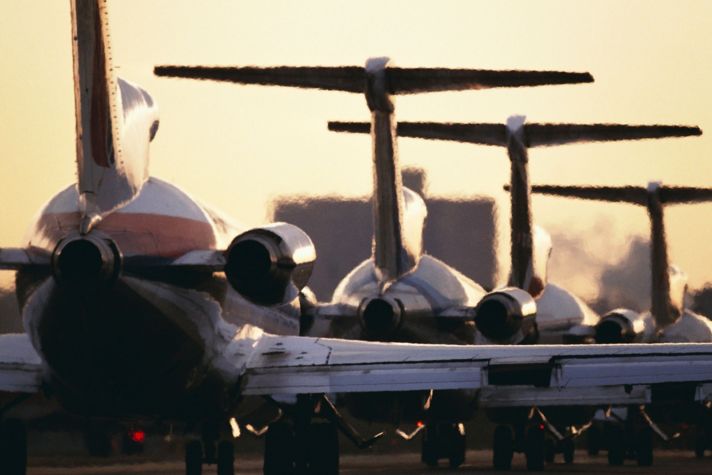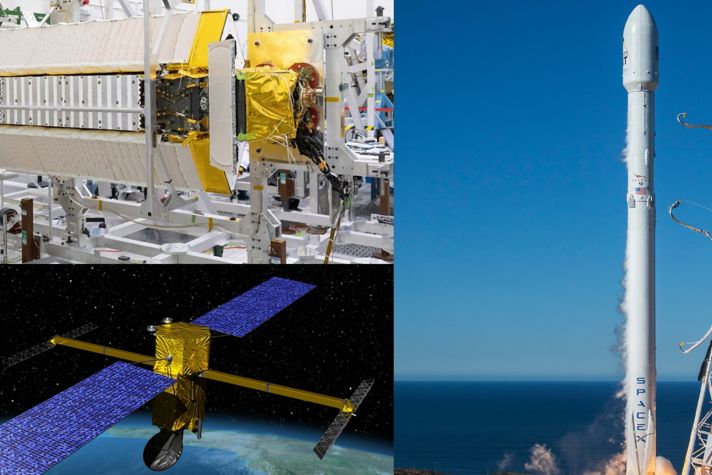-
 Global
Global-
Africa
-
Asia Pacific
-
Europe
-
Latin America
-
Middle East
-
North America
- |
- BUSINESSES
- |
- Contact
- |
-
 Global
Global-
Africa
-
Asia Pacific
-
Europe
-
Latin America
-
Middle East
-
North America
- |
- BUSINESSES
- |
- Contact
- |
You are browsing the product catalog for
- News
- What's a Black Box and How It's Getting an Upgrade
What's a Black Box and How It's Getting an Upgrade
The flight data recorder will soon help make flights safer
July 8, 2019
Whenever there’s an aircraft accident, the term “black box” typically gets mentioned in the news. That’s because of the crucial role it plays in finding out what happened.
For more than 60 years, investigators have used black boxes — which are really orange to make them easier to find among flight wreckage — to determine what caused an airplane accident. They use information from the Flight Data Recorder and Cockpit Voice Recorder to reach their conclusions, which is why all commercial aircraft are equipped with both of these black boxes.
In the past, that data was only available after a crash and when the physical box was found.
Now, we’re developing the “black box in the sky” a.k.a. the Honeywell Connected Recorder (HCR-25). It will let airlines access flight data and cockpit voice recordings during flight. The recorder uses a secure, cloud-based satellite link to send data from the aircraft to a data center using our software. There it can be analyzed and maintained.
Here’s how the newest black box features will make flights safer:
Faster access to data
If an incident occurs, flight data can be quickly accessed by the airlines and investigators in real time. Key information will be available even before the black box is found. Investigators will be able to locate the site almost immediately and will have faster access to information that will help them understand events leading up to the accident.
The new recorder will let airlines access flight data and cockpit voice recordings, even when the aircraft is in flight. It uses a secure satellite communications system connection that provides a 24/7 link between the aircraft and a data center on the ground.
Pictured above is the Cockpit Voice Recorder for the new black box.
More efficient operations, maintenance
The recorder collects data on thousands of variables including fuel levels, altitude, engine performance, temperature, direction and speed, which operators can use to improve operational and maintenance efficiency.
Meet new safety standards
The HCR-25 represents a leap forward in this technology. It will include several innovations and meet the new European Aviation Safety Agency cockpit voice recording mandate, which takes effect in 2021 and requires a 25-hour voice recording capability.
This will make critical information – including cockpit voice recordings and flight information – available so investigators can begin their analysis almost immediately.
Copyright © 2024 Honeywell International Inc.




